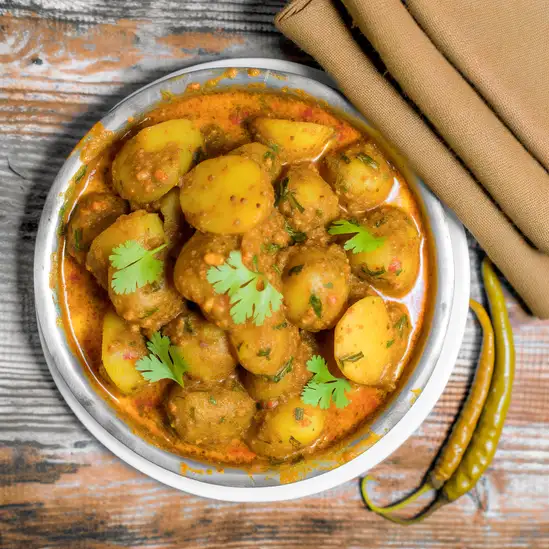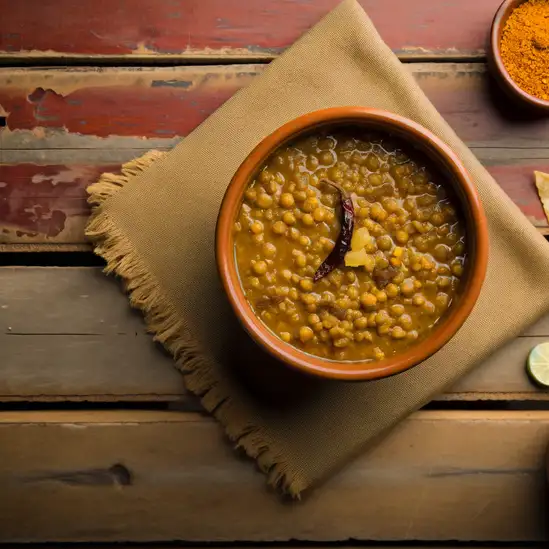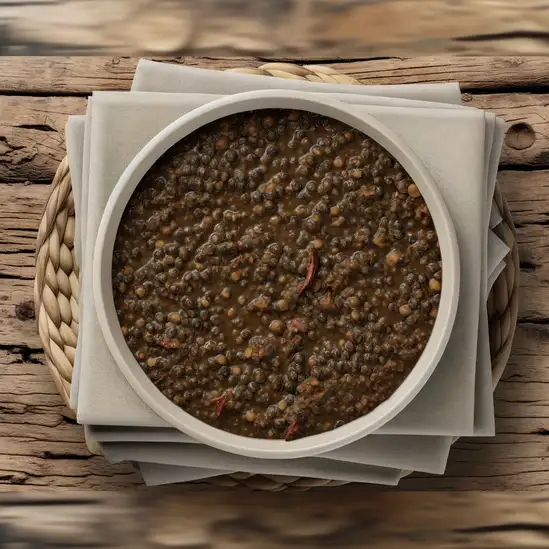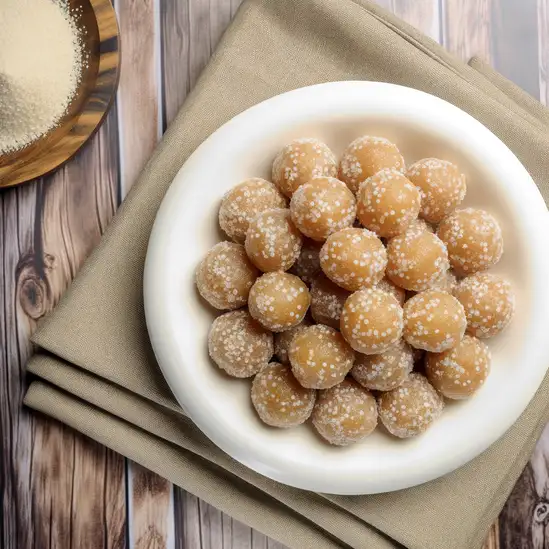



If you’re craving a break where the air feels fresher and the pace slows just enough to let you breathe,Mussoorie is that perfect escape. Nestled in the foothills of the Himalayas,this hill station wraps you in a gentle,misty embrace that’s both calming and invigorating. Imagine waking up to the soft rustle of pine trees and the distant chatter of mountain birds,with the cool breeze carrying hints of damp earth and wildflowers. It’s the kind of place where every corner invites you to pause and soak in the quiet beauty. Walking through Mussoorie’s winding streets,you’ll notice a charming blend of colonial-era architecture and vibrant local life. The bustling Mall Road hums with energy—vendors selling steaming cups of chai,the sweet aroma of freshly baked pastries,and the occasional burst of laughter from a nearby café. There’s a warmth in the people here,a genuine friendliness that makes you feel like you’re part of a close-knit community rather than just a visitor. What really sets Mussoorie apart is how it balances nature and culture effortlessly. You can spend your mornings trekking up to viewpoints like Gun Hill,where panoramic vistas stretch endlessly,and your afternoons exploring quaint bookstores or sampling local Garhwali dishes that surprise your palate with their subtle spices. It’s a place that invites you to slow down,savor simple moments,and leave with a heart full of stories and a mind refreshed.
The information on this page is currently being reviewed by Tripkliq and should be used as a guide only
Eng word: Hello
Eng pronunciation: Namaste
Local language: नमस्ते
Eng word: Goodbye
Eng pronunciation: Alvida
Local language: अलविदा
Eng word: Thank you
Eng pronunciation: Dhanyavaad
Local language: धन्यवाद
Eng word: How much
Eng pronunciation: Kitna
Local language: कितना
Eng word: Toilet
Eng pronunciation: Shauchalay
Local language: शौचालय
Eng word: Help me
Eng pronunciation: Meri madad karo
Local language: मेरी मदद करो
Eng word: Yes
Eng pronunciation: Haan
Local language: हाँ
Eng word: No
Eng pronunciation: Nahi
Local language: नहीं
Eng word: Excuse me
Eng pronunciation: Maaf kijiye
Local language: माफ़ कीजिये
Mussoorie was founded in 1823 by Captain Frederick Young, a British military officer, who built a hunting lodge on the Camel's Back Road.
The name 'Mussoorie' is derived from the 'mansoor' shrub, which is indigenous to the area. The town is also known as the 'Queen of the Hills' due to its scenic beauty.
The Mall Road, a central hub in Mussoorie, was constructed during the British colonial period and remains a popular spot for shopping and leisurely walks.
Gun Hill, the second highest peak in Mussoorie, was historically used by the British to fire a cannon every afternoon to help residents set their watches.
Established in 1843, the Mussoorie Library is one of the oldest libraries in India and houses a rich collection of historical books and manuscripts.
Landour, a cantonment area adjacent to Mussoorie, was established in 1827 and is known for its colonial architecture and serene environment.
Built in 1840, St. Paul's Church in Landour is one of the oldest churches in the region and showcases beautiful Gothic architecture.
Constructed in 1903, the Kellogg Memorial Church in Landour is named after Dr. Samuel H. Kellogg, a missionary who contributed significantly to the local community.
Mussoorie is home to several prestigious educational institutions, including Woodstock School, established in 1854, which is one of the oldest international boarding schools in Asia.
In Mussoorie, the most common Power Adaptor is Type C, Type D, Type M.







A traditional Garhwali dish made from boiled potatoes, seasoned with local spices, and often served with chutney.

A unique dish made from rice flour and lentils, cooked to a soft consistency and typically served with a spicy curry.

A lentil dish made from horse gram, cooked with spices and often enjoyed with rice or chapati.

A refreshing yogurt-based side dish mixed with local herbs and spices, perfect for balancing spicy meals.

A flavorful dish made from black gram lentils, cooked with spices and served with rice or roti.

A popular sweet made from khoya (reduced milk) and coated with sugar balls, often enjoyed as a dessert.

A spicy and tangy chutney made from hemp seeds, green chilies, and spices, often served as a condiment.
Imagine stepping into a city that pulses with energy,where every street corner hums with life and stories waiting to be discovered—that’s Mumbai for you. The moment you arrive,you’re wrapped in a vibrant tapestry of sounds:the rhythmic clatter of local trains,the lively chatter of street vendors,and the distant call of temple bells blending with honking rickshaws. The air carries a mix of spices from roadside stalls,mingling with the salty breeze from the Arabian Sea,creating an intoxicating scent that’s uniquely Mumbai.
Walking through its bustling lanes,you’ll see a kaleidoscope of colors—bright saris fluttering in the wind,intricate colonial architecture standing proudly beside sleek skyscrapers,and street art that tells tales of the city’s soul. Mumbai’s character is a beautiful contradiction:it’s fast-paced yet welcoming,chaotic yet deeply rooted in tradition. The city’s heartbeat is its people—dreamers,artists,and entrepreneurs who wear their resilience and warmth like a badge of honor.
And then there’s the food—oh,the food! From the tangy,spicy street-side vada pav that feels like a warm hug,to the rich,aromatic biryanis and fresh seafood by the sea,every bite is a celebration of flavors. Mumbai invites you to lose yourself in its maze of neighborhoods,each with its own rhythm and charm,promising moments of surprise and connection. It’s not just a place to visit; it’s a city that stays with you long after you’ve left.
Kochi,located in Kerala,is famous for its beautiful backwaters,historic Fort Kochi,and nearby islands like Willingdon Island and Vypin Island.
ExploreImagine stepping into a place where the sun kisses your skin,the salty breeze carries the laughter of beachside chatter,and every corner hums with a laid-back yet vibrant energy—that’s North Goa for you. It’s a lively patchwork of golden sands,swaying palms,and colorful shacks where the aroma of sizzling seafood mingles with the faint scent of frangipani flowers. Whether you’re wandering through the bustling markets of Anjuna or watching the sun dip behind the waves at Calangute,there’s a rhythm here that feels both timeless and alive.
What really makes North Goa special is its blend of cultures and carefree spirit. You’ll find Portuguese-influenced architecture standing proudly alongside lively street art,while the music—from mellow acoustic sets to pulsing electronic beats—drifts through the air,inviting you to join in. The locals,warm and welcoming,add a genuine charm that makes you feel like you’re part of a big,sun-soaked family.
And the flavors! Freshly caught fish grilled with spices that tease your taste buds,tangy Goan curries,and sweet,creamy feni that’s perfect for toasting to new adventures. As night falls,the beach transforms into a playground of bonfires and music,where stories flow as freely as the ocean breeze. North Goa isn’t just a destination; it’s a feeling—a place that stays with you long after you’ve left.
If you ever find yourself craving a place where the ocean breeze carries stories of adventure and the rhythm of waves sets your pace,Port Blair is where you want to be. This city feels like a gentle invitation to slow down and soak in the raw beauty of island life. The moment you step off the ferry or plane,the salty air mingled with the scent of tropical flowers wraps around you like a warm hug. Palm trees sway lazily against a backdrop of turquoise waters,and the chatter of locals blends with the distant call of seabirds,creating a soundtrack that’s both lively and soothing.
Port Blair isn’t just a gateway to the Andaman Islands; it’s a place where history whispers through the walls of the Cellular Jail,a somber yet inspiring reminder of India’s past. But beyond its historical weight,the city pulses with a laid-back charm—colorful markets burst with fresh seafood,exotic fruits,and spices that tease your senses. Grab a plate of freshly caught fish grilled with local herbs,and you’ll taste the ocean’s essence in every bite.
What makes Port Blair truly special is its blend of cultures and the warmth of its people. You’ll find a mix of indigenous traditions and influences from across India,all coexisting in a relaxed,welcoming vibe. Whether you’re wandering along Corbyn’s Cove Beach at sunset or chatting with fishermen mending their nets,there’s a genuine friendliness here that makes you feel like you belong. It’s a place that invites you to explore,reflect,and simply be.
If you step into Chennai,you’ll immediately feel a pulse that’s both ancient and alive—like the city is breathing stories through its streets. It’s a place where the salty breeze from the Bay of Bengal mingles with the rich aroma of jasmine flowers and sizzling street food. The soundscape is a lively mix of temple bells,the rhythmic clatter of auto-rickshaws,and the distant hum of Carnatic music drifting from open windows. Chennai doesn’t rush; it invites you to slow down and soak in its layered rhythms.
Walking through the neighborhoods,you’ll see a fascinating blend of colonial architecture standing shoulder to shoulder with colorful markets bursting with fresh produce,spices,and vibrant textiles. The city’s heart beats strongest in its people—warm,proud,and deeply rooted in tradition yet open to the world. Festivals here aren’t just events; they’re immersive experiences where you can witness centuries-old rituals,dance,and music that feel like a living tapestry.
And then there’s the food—oh,the food! Imagine biting into a crispy,golden dosa,its tangy chutneys and spicy sambar awakening your senses. Or savoring a steaming bowl of filter coffee that’s as bold and comforting as the city itself. Chennai’s charm lies in these everyday moments,where history,culture,and life blend seamlessly. If you want a city that feels like a warm embrace and a lively conversation all at once,Chennai is waiting with open arms.
If you ever find yourself wandering through the southern tip of India,Thiruvananthapuram will wrap around you like a warm,familiar hug. The city hums with a gentle rhythm—part ancient tradition,part vibrant modern life—that instantly makes you feel at home. Imagine walking along streets lined with swaying coconut palms,the salty breeze from the nearby Arabian Sea mingling with the rich aroma of spices and jasmine wafting from bustling markets. It’s a place where temple bells chime softly in the morning,blending seamlessly with the chatter of locals and the distant crash of waves.
What’s truly captivating about Thiruvananthapuram is its effortless balance between calm and energy. You can spend your mornings exploring the majestic Padmanabhaswamy Temple,its intricate carvings telling stories centuries old,then lose yourself in the colorful chaos of Chalai Market,where vendors call out,selling everything from fresh mangoes to handwoven fabrics. The city’s soul is deeply rooted in its culture—classical dance performances,traditional Kerala cuisine bursting with coconut and curry leaves,and the warm smiles of people who take pride in their heritage.
Evenings here are magical. Head to the nearby Kovalam Beach,where the sun dips low,painting the sky in hues of orange and pink,and the sound of waves lapping against the shore feels like nature’s lullaby. Whether you’re savoring a plate of spicy fish curry or simply sitting by the shore,Thiruvananthapuram invites you to slow down,breathe deeply,and soak in a world that’s both timeless and alive.
Scammers may pose as representatives of local charities or NGOs and solicit donations from tourists.
Individuals posing as official tour guides may offer their services and provide incorrect or misleading information.
Tourists may be lured into booking rooms at non-existent hotels or guesthouses through fake websites or agents.
Some restaurants and street vendors may overcharge tourists for food and drinks, especially in popular tourist areas.
Taxi drivers may charge exorbitant fares, especially to tourists unfamiliar with local rates.
Vendors may sell counterfeit or low-quality souvenirs at high prices, claiming they are authentic or handmade.
Photographers may take unsolicited photos of tourists and then demand high fees for the prints or digital copies.
The use, possession, and trafficking of drugs are strictly prohibited in Mussoorie and the rest of India under the Narcotic Drugs and Psychotropic Substances (NDPS) Act,1985. Penalties for drug-related offenses are severe and can include long-term imprisonment and heavy fines. Tourists should avoid any involvement with illegal drugs to avoid legal complications.
In Mussoorie, as in the rest of India, smoking is prohibited in public places such as restaurants, hotels, public transport, and parks. The Cigarettes and Other Tobacco Products Act (COTPA) of 2003 regulates smoking in public places. Violators can be fined, and establishments allowing smoking can also face penalties. Designated smoking areas may be available in some hotels and restaurants.
Vaping is subject to strict regulations in India. The Indian government banned the production, import, sale, and advertisement of e-cigarettes and vaping products in September 2019. Tourists should be aware that carrying vaping devices and e-liquids into the country is illegal and can result in fines or imprisonment.
What are other people saying about Mussoorie?
Recent Social posts about Mussoorie
There is nothing to show you for now.